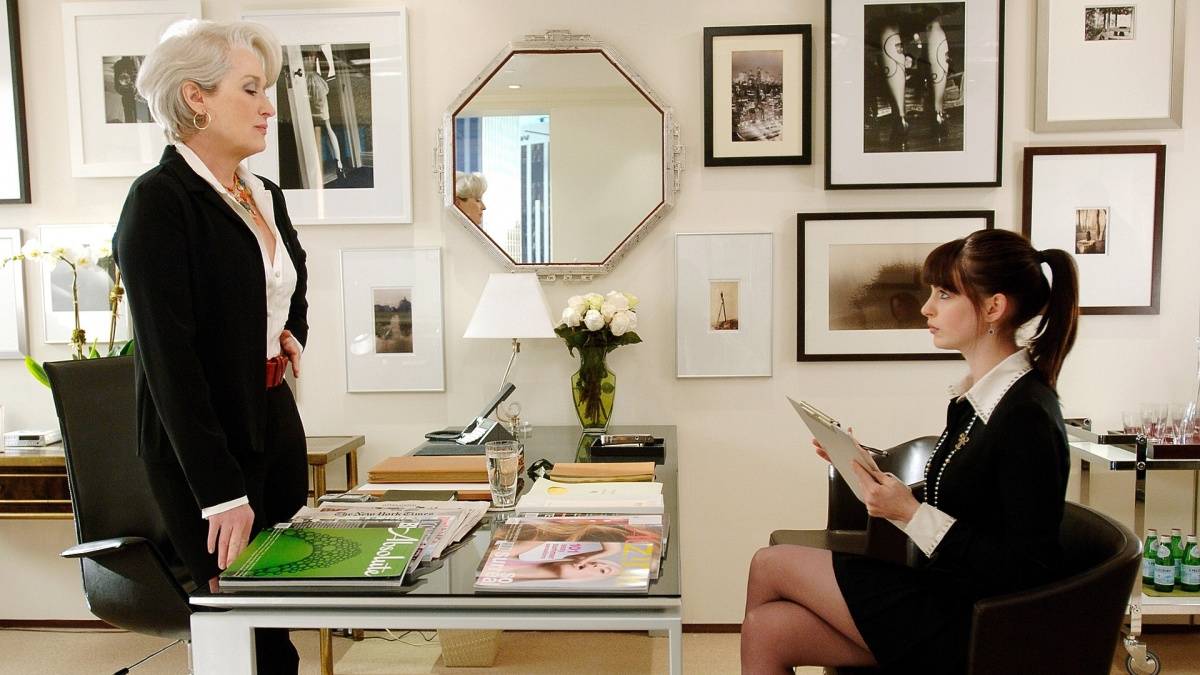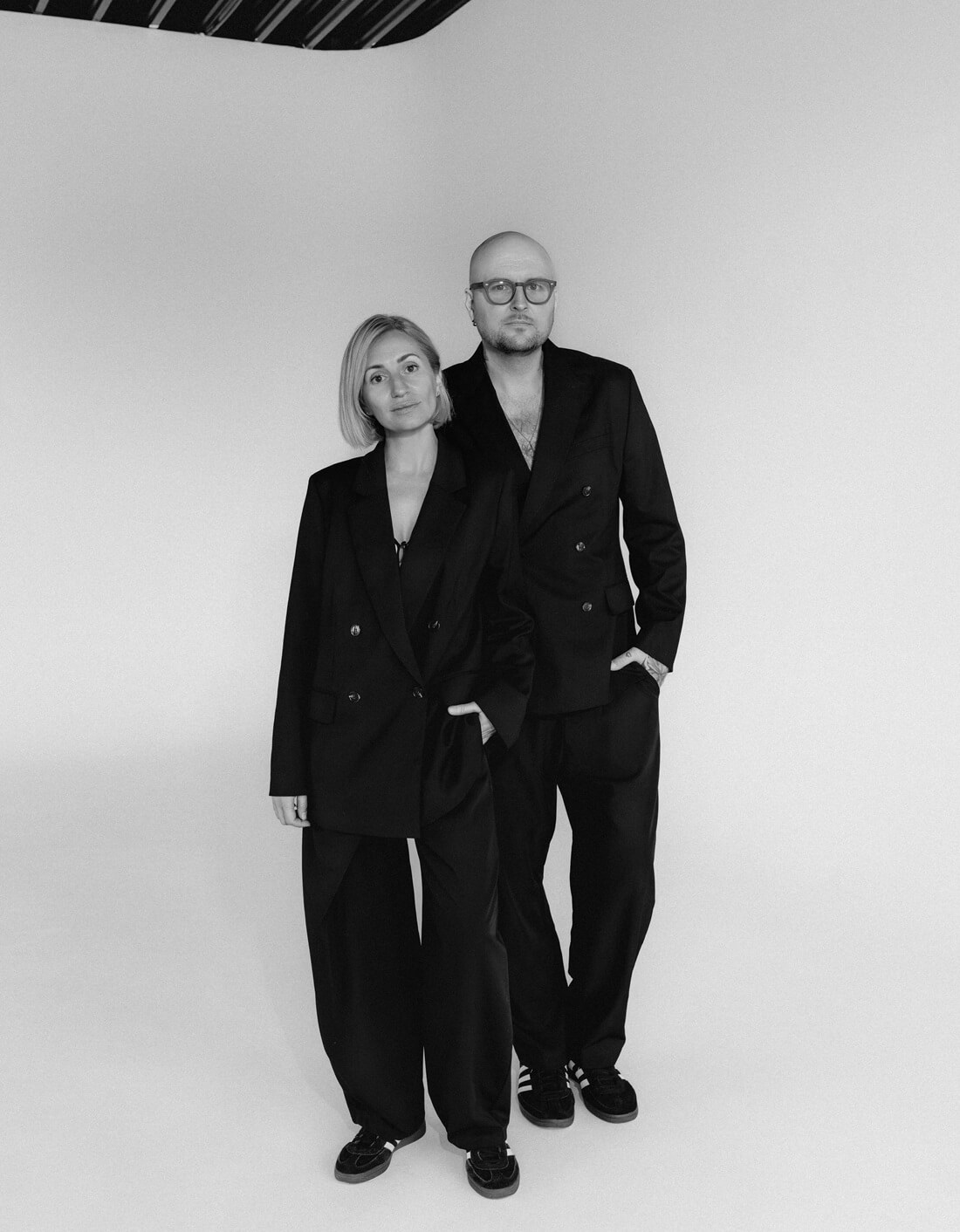Science: Study Proves Wearing a Luxury Brand Will Get You Hired!
As if you needed another reason to be frantic before an interview, a new study suggests hiring managers are more likely to employ an individual clothed in fashion’s latest luxury threads such as Prada or Chanel compared to an individual wearing H&M or other non-luxury brands.
Jieun Lee and Eunju Ko, both scholars from the Department of Clothing and Textiles at Yonsei University, along with Carol M. Megehee, a researcher from the Coastal Carolina University in South Carolina, surveyed students in Seoul, South Korea to examine how individuals react to others depending on what he or she is wearing. To do so, Lee and his team created a number of scenarios for participants.
During the first experiment, 180 onlookers were given a photo of a woman who was clothed in a white polo shirt. Researchers instructed the group to rate the woman’s wealth, status, attractiveness as well as other characteristics. Three varieties of the picture were used. Everything remained identical except for the shirt’s visible brand logo (luxury, non-luxury, or none).
During the second experiment, 150 participants observed a video of a woman being interviewed for an internship. Three accounts of the video were used. Similar to the photo, everything remained the same except for the visibility of a logo. Again, researchers instructed the individuals to rate the woman’s characteristics in addition to her suitability for the job and a salary she should receive.
Observers of the luxury logo rated the woman, in both the photo and video, significantly higher on wealth and status compared to when the woman wore a non-luxury logo or no logo. In addition, in the video, when the luxury logo was visible participants rated the woman more suitable for the job. The luxury observers also thought she deserved a generous compensation. When asked to choose her hourly pay from five ranges, more than half of luxury observers chose one of the top two ranges—a higher compensation compared to 12 percent of non-luxury observers and 10 percent of no-logo observers.
Lastly, a third experiment, also revealed an individual clothed in a visible luxury brand while soliciting charitable donations receives larger contributions compared to an individual who is not clothed in a visible luxury brand.
Lee and his team referred to this behavior as the “costly signaling theory,” which says that people show off to “signal” to others that they can afford to do so. This theory also suggest people purchase luxury brand clothing to suggest to others they can afford to do so, further increasing their status in the eyes of their peers.
Researchers conclude, “luxury self-display may increase esteem and compliance in presentations-of-self because visible displays of luxury qualify as a costly signaling trait that prompts favorable treatment in human social interactions.”
(Photo via Thought Catalog)













